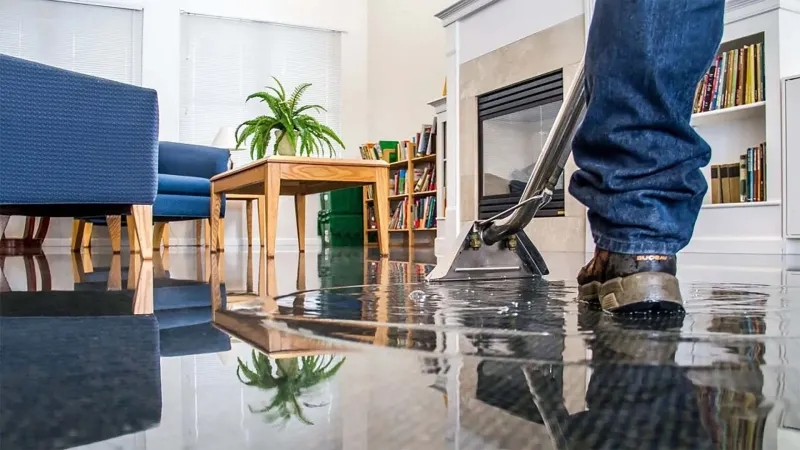Navigating the aftermath of water damage in your home or property can be a daunting and overwhelming incident. If there is a result of a natural disaster or any type of leakage or any burst pipe, all you need to take immediate action. That’s where water mitigation services come into existence.
Understanding Water Damage
Water damage occurs when water invades a property, destroying or impairing it. It can happen due to various reasons, such as floods, heavy rains, plumbing leaks, or even human error. The impact of water damage extends beyond structural integrity; it also leads to mold and mildew growth, which can harm your health.
There are various categories of water damage, classified based on the origin and level of contamination:
- Clean Water Damage (Category 1): Caused by clean water from sources like broken pipes or overflowing sinks.
- Grey Water Damage (Category 2): Refers to water that contains some level of chemical, biological, or physical contaminants. Examples include water from washing machines, dishwashers, or toilets with urine. Proper cleaning and disinfection are necessary to prevent the growth of harmful microorganisms.
- Black Water Damage (Category 3): The most severe type, caused by highly contaminated water. Sources include sewage backups, floodwater from rivers, or stagnant water. Handling black water damage requires professionals equipped with appropriate safety measures and protective gear due to serious health risks.
Regardless of the type of water damage cleanup, immediate action is crucial to mitigate the damage and prevent further problems. Water can quickly seep into walls, floors, and furniture, causing irreversible damage if not addressed promptly.
The Basics of Water Mitigation Services
Water ease services refer to a collection of processes and techniques for minimizing and preventing further damage caused by water intrusion. These services are essential for restoring homes and businesses to their pre-water damage condition and often go hand-in-hand with water damage restoration services.
Here are the key steps involved in water mitigation:-
- Assessment: Professionals assess the extent of water damage, identify affected areas, and determine the appropriate mitigation strategies.
- Water Extraction: Standing water is removed using specialized equipment.
- Drying and Dehumidification: The property is thoroughly dried to prevent mold growth and structural damage.
- Cleaning and Disinfection: Surfaces are cleaned and disinfected to eliminate contaminants.
- Monitoring: Professionals monitor the drying process to ensure effective mitigation.
By understanding water mitigation services, you can make informed decisions and safeguard your property from further damage.


Leave a comment